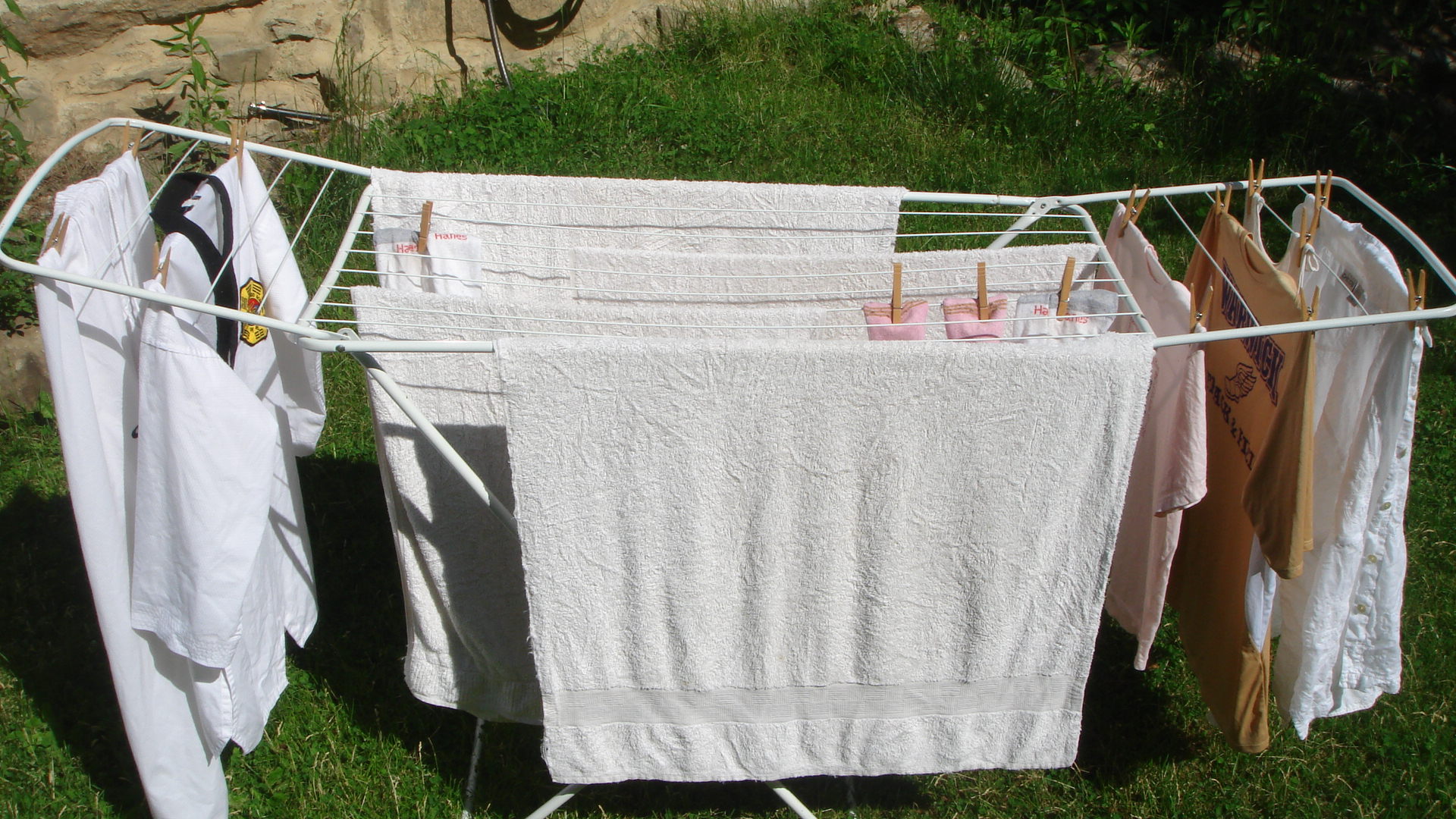 Not coal, not oil, not natural gas, not wood, nor nuclear are energy solutions for the future regardless of what the politicians are or are not saying. “Drill baby drill” and “fracking,” or "liking coal," are indications of increasing desperation, and talk of energy independence without investing in alternative energies is simply a short-term stopgap measure and not a long-term solution. Closing our eyes and ears to the inevitable, that some time in the not-so-distant future we’ll have depleted the reserves of non-renewable energy sources, is childish and irresponsible. The sooner we accept responsibility that the world is changing and that we must change with it, the better for all of us.
Not coal, not oil, not natural gas, not wood, nor nuclear are energy solutions for the future regardless of what the politicians are or are not saying. “Drill baby drill” and “fracking,” or "liking coal," are indications of increasing desperation, and talk of energy independence without investing in alternative energies is simply a short-term stopgap measure and not a long-term solution. Closing our eyes and ears to the inevitable, that some time in the not-so-distant future we’ll have depleted the reserves of non-renewable energy sources, is childish and irresponsible. The sooner we accept responsibility that the world is changing and that we must change with it, the better for all of us.
A large roof with southern exposure is ideal for solar panels that can meet your hot water needs and/or supplement your electric needs. State and federal tax credits make them worthwhile considering, and they can also be leased now. Consider triple-pane windows (the standard now for new construction in Germany) and thicker and better insulated walls to avoid heating the outside (in Europe walls are usually about 12” thick). Geothermal systems use the constant 55o subsurface temperature to heat and cool with much less energy input than conventional HVAC systems and the federal government offers a 30% tax credit on equipment and installation costs. Passivhaus is a German concept of insulating a house so much that not much energy gets lost, period. Inevitably, the price for non-renewable energies will keep rising. Investing in one of the renewable energy sources for your home is like an insurance policy against higher and higher utility bills.
Renewable energy sources are indefinitely available, they never deplete, how great is that. Solar panel applications, for example, are now ubiquitous in Europe and many other countries. We saw them everywhere in Italy this summer.







![5410601385_e08bed59b7_m[1]](http://static1.squarespace.com/static/562fa5e4e4b022e56e7591d7/563119b1e4b060e41e5b6970/563119b5e4b060e41e5b6a1e/1446058421547/5410601385_e08bed59b7_m11.jpg?format=original)
![528337946_c30f8f6082_s[1]](http://static1.squarespace.com/static/562fa5e4e4b022e56e7591d7/563119b1e4b060e41e5b6970/563119b5e4b060e41e5b6a21/1446058421755/528337946_c30f8f6082_s11.jpg?format=original)
